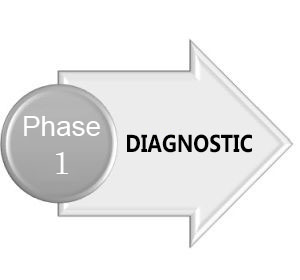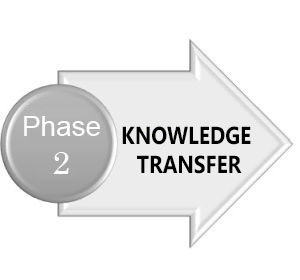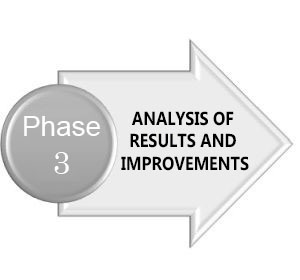Wheel-Rail Program
The aim of the Wheel-Rail Program is to guarantee the best available technology, maintenance methods and management practices in order to:
Reduce maintenance costs for the track and rolling stock;
Increase the safety of operations in railway freight transport and passenger systems (urban trains, metros and light rails);
Reduce component failure occurrences (wheelsets, bogies, rails and track)
All economical benefits are calculated and validated through testing and measurements both on track and in workshops.
All economical benefits are calculated and validated through testing and measurements both on track and in workshops.
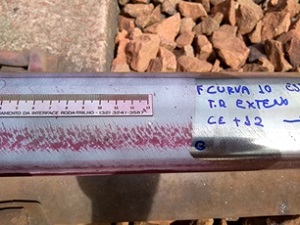
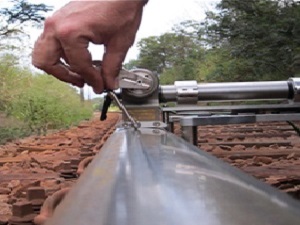
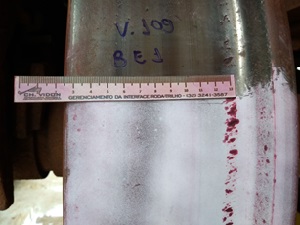
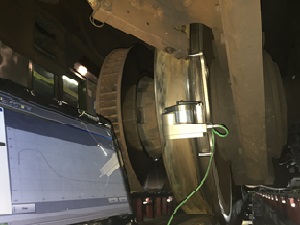
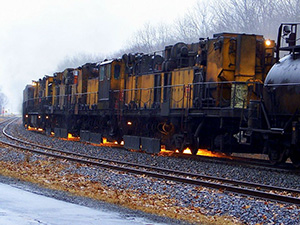
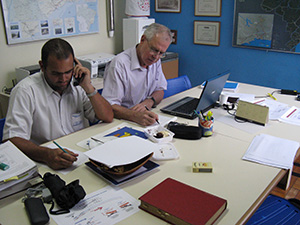
A Wheel-Rail Program involves:
